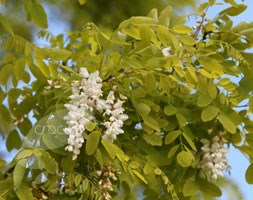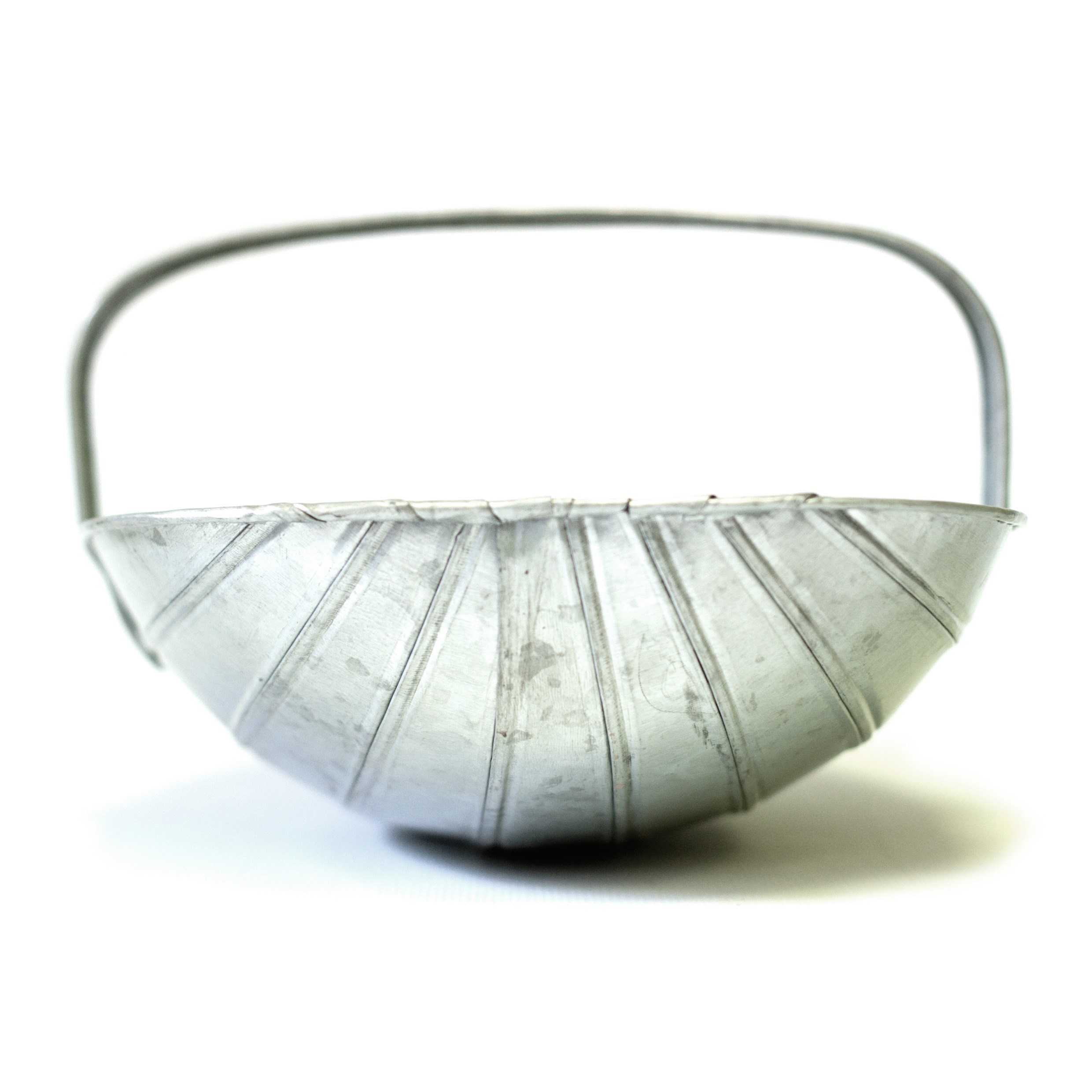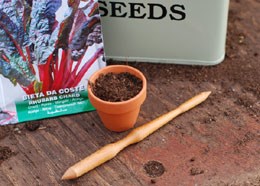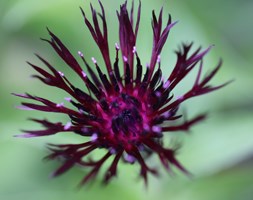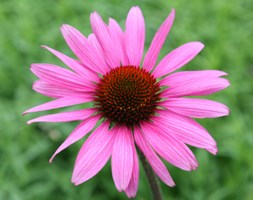New products at Crocus
by Sarah - September 1st, 2013.Filed under: Crocus, New Products.
New products added today at Crocus
Fuchsia pink bistro table £79.99
The French invented cafe chic and now, with our more mediterranean climate, you can emulate the lifestyle. Classy yet practical, this Table is made from robust steel that’s been powder coated to prevent corrosion. The table folds easily for transport and storage. Size: 60cm diameter x 73.5 cm ( 29″ ) high. With ALL outdoor furniture the ideal scenario is to cover the items up with a water proof cover or sheet if you are going to leave it outdoors over the winter months.
Robinia pseudoacacia ‘Frisia’ (false acacia) £39.99
Position: full sun Soil: fertile, moist, well-drained soil Rate of growth: fast-growing Flowering period: May and June Flower colour: white Other features: autumn colour Hardiness: fully hardy Glorious, almost fluorescent-yellow foliage turning yellow-green in summer, then orange-yellow in autumn and clusters of fragrant, white flowers in late-spring and early summer. This vigorous, broadly columnar tree makes an excellent specimen for a sunny, suburban garden. Shelter from strong winds and avoid disturbing the roots, since the tree is prone to suckering. Garden care: On trees trained as a central-leader standard any competing leaders should be removed as soon as possible in mid- to late-summer. On established trees pruning is best kept to a minimum as large pruning cuts don’t heal well. Remove suckers early on.
apple ‘Katy’ (apple) £34.99
Position: full sun Soil: fertile, well-drained soil Rate of growth: fast-growing Ultimate size on M27 rootstock: 1.8 x 1.8m (6 x 6ft) Flowering period: April and May Hardiness: fully hardy Pollination Group: C – flowering mid-late season A recent introduction that is proving popular for its heavy crop of bright red fruits, which have a firm, juicy flesh with just the righ balance between sweet and acid. Excellent for juicing and making cider. ‘Katy’ is a good pollinator for other apples in pollination group C (mid-season) and is excellent for juicing and making cider. Garden care: Keep the base of the tree weed free, fertilise at the beginning of each year and water regularly during hot, dry spells. Remove damaged or crossing branches during the dormant season. Pollination Information: This apple belongs to pollination group C, so you will need to plant one other different variety of apple to guarantee cross pollination, and a subsequent bumper crop. Ideally this should come from the same pollination group, however it is possible to use one from group B or D as well.
Kitchen garden trug £19.99
We loved the galvanised metal trug that was such a classic piece of 50’s design. Such a great shape, not heavy and very hard wearing. But we couldn’t find any old ones, so we designed these instead. The main difference with our version is that the surface is lacquered for extra protection. Dimensions: height 11cm (excluding handle) x length 45cm x width 32cm
raspberry ‘Chemainus’ (mid season floricane raspberry canes) £12.99
Position: full sun Soil: fertile, well-drained soil Rate of growth: fast-growing Other features: large, delicious raspberries from summer to autumn Hardiness: fully hardy Garden care: Find a sunny spot and prepare a bed by clearing it of weeds and digging in lots of composted manure. The canes will need to be tied onto a sturdy support, so if you have the space, hammer in two robust tree stakes about 3m apart and string two or three heavy-gauge wires between them. Autumn fruiting raspberries tend to be shorter and bushier, so may not need as much height as the summer-fruiting types. In smaller gardens you can grow them against a fence or up a single tree stake. Dig a wide, shallow trench, sprinkle with bonemeal and plant the canes at 45cm intervals, (subsequent rows should be 1.8m apart), carefully spreading out the roots and back-filling with soil. You should be able to see the old soil mark on the stems, so aim to replant the same depth. After planting cut the canes back to around 15cm from their base and apply a generous layer of mulch in spring. As the new canes emerge, they can be tied onto their support as they grow. Feed during the growing season with a general purpose fertiliser and water regularly during the summer. You may need to protect the ripening fruit from being eaten by birds.
Echinacea purpurea ‘Rubinglow’ (coneflower) £9.99
Position: full sun Soil: most soils, except very dry or boggy Rate of growth: average Flowering period: June to September Hardiness: fully hardy Pinky-red ray florets form a horizontal ruff around a prominent orange-brown cone of disc florets on these decorative flowerheads. Appearing for a long period from midsummer to mid autumn, they associate well with grasses. Garden care: Lift and divide congested colonies in autumn or spring. In autumn cut back all dead flower stems to the ground. Coneflower s benefit from a spring or autumn mulch with well-rotted compost.
Dibblet £9.99
The Dibblet is perfect for planting small seedings and seeds with accuracy. This Dibblet is made out of yew wood, which is crafted into a a suitable style for a hand held use.
Centaurea montana ‘Jordy’ (knapweed) £8.99
Position: full sun or partial shade Soil: well-drained soil Rate of growth: average Flowering period: May to July Hardiness: fully hardy Magnificent, deepest plum-purple flowers top upright stems in late spring and early summer above bushy clumps of foliage. The flowers have a shaggy appearance and mix well with a whole host of colours including rusts, reds, purples and pinks. A new twist on a cottage garden classic, the seedheads will provide interest for several months after the flowers have faded. Garden care: Stake with brushwood or bamboo canes before the flowers appear. Cut back to the ground after flowering and a second flush may appear. Lift and divide large clumps every three years in spring.
Echinacea purpurea Elton Knight (‘Elbrook’) PBR (coneflower) £8.99
Position: full sun Soil: most soils, except very dry or boggy Rate of growth: average Flowering period: July to September Hardiness: fully hardy This is a new, slightly later-flowering variety of coneflower which has recently been given the Award of Garden Merit by the Royal Horticultural Society. It has pretty pinky-purple, daisy-like flowers with reflexed petals from late July into the autumn. It’s a tough plant that does not need staking, and, like other coneflowers, is long-flowering and will cope well with adverse weather conditions, except drought. Try it dotted through a sunny, mixed border or in bold drifts among grasses where it will extend the season of interest. It is attractive to bees and butterflies, and birds will flock to the seedheads. Garden care: Lift and divide congested colonies in autumn or spring. In autumn cut back all dead flower stems to the ground. Coneflower s benefit from a spring or autumn mulch with well-rotted compost.








